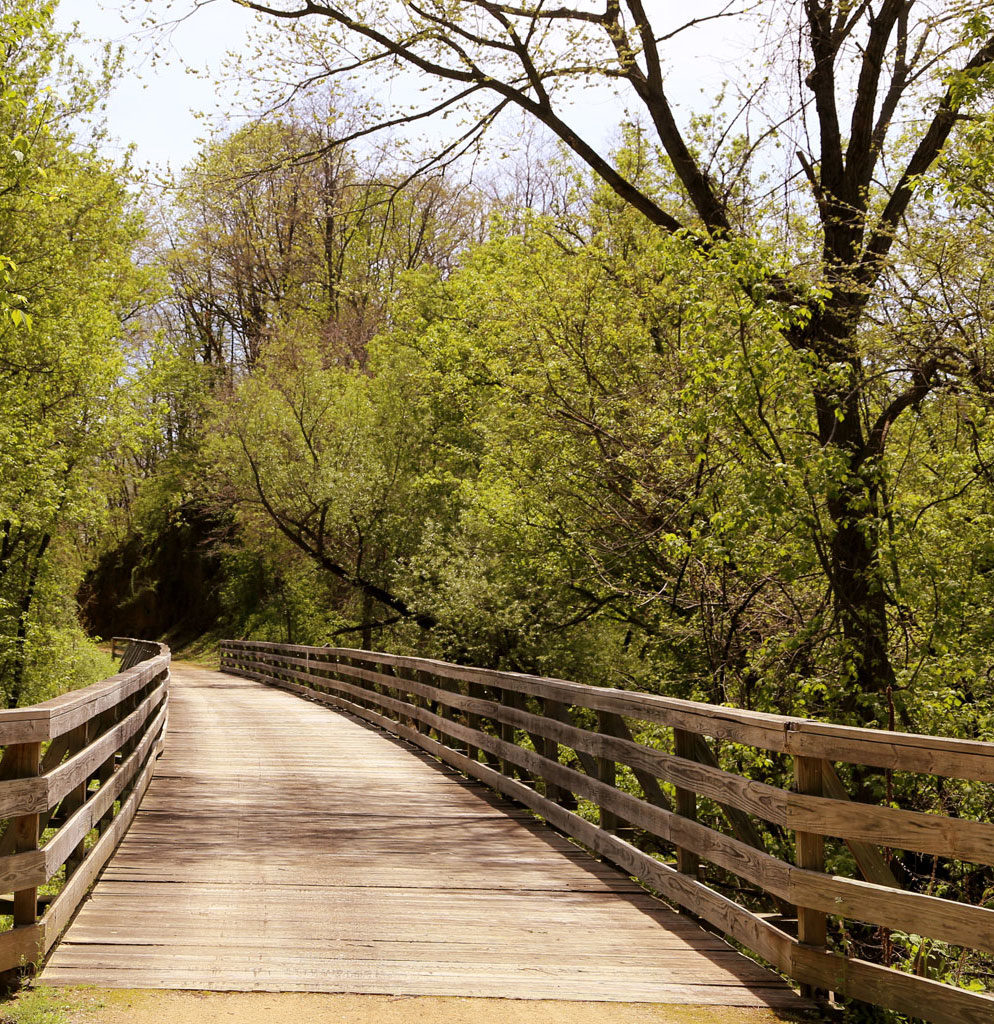
Flora
Many plants are quite seasonal. That is, they are present or evident at certain times and may go unnoticed at other times. It is for this reason that hikers along the Jane Addams Trail will experience an ever-changing flora.
Generally speaking most of the plants seen along the trail reflect the many years of disturbance and various attempts to manage the area while it served as a rail right-of-way. Following cessation of management to keep the tracks clear for trains, numerous plants have invaded the right-of-way.
Hiking the trail during late spring, one would find black cherry and box-elder trees in every section while hackberry and white mulberry are nearly as common. In all, 27 species of trees were found on one such hike with Swamp White Oak being a great one to watch for.
Below the trees there exists a layer of woody shrubs, comprising at least 25 different species. Poison Ivy, Honeysuckle, Elderbery and Black Raspberry are ubiquitous. While none of these species is likely to lure one onto the trail, the fun of finding Wild Black Current, Downy Arrow-wood and American Hazelnut may do so.
Woody plants such as trees, shrubs and vines are, of course, always present to test your skill at recognizing them throughout the seasons. Herbaceous plants are less accommodating. Frequent visits will reveal a constantly changing landscape. During a hike from Freeport to the state line, one could expect to see some 120 species of herbaceous plants, many in full bloom. Many of course are non-native weeds, but many weeds such as Celandine are very pretty. Many other species are northern Illinois natives and well worth the walk. Great White Trillium, Golden Ragwort, Yellow Pimpernel, Virginia Waterleaf, Wild Ginger, Woodland Phlox and wild Strawberry, whose blossoms beckon the hiker to return for the ripened fruit in a few short weeks, are a few of the natives. By then Jewelweed and Great St. Johnswort will be in flower.

